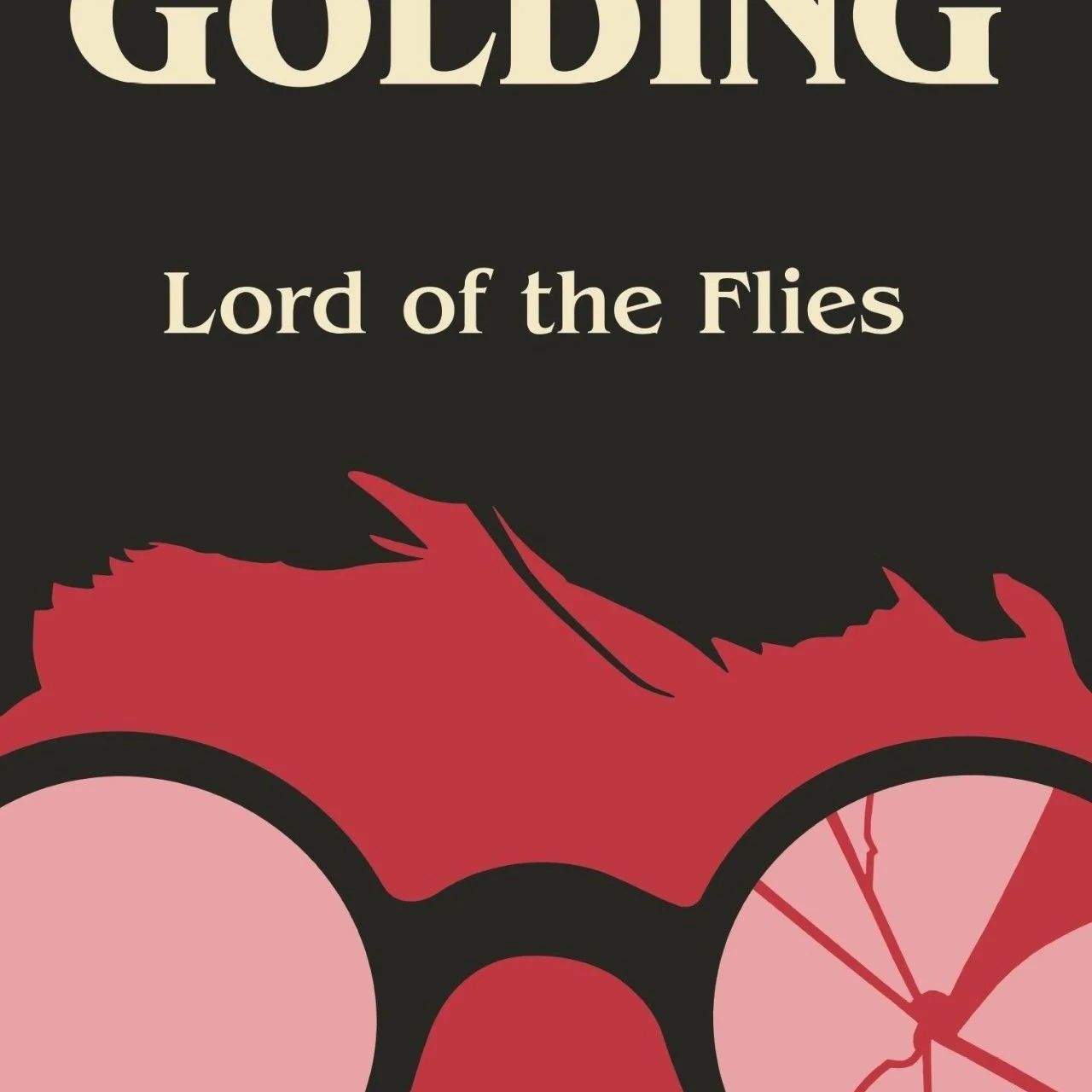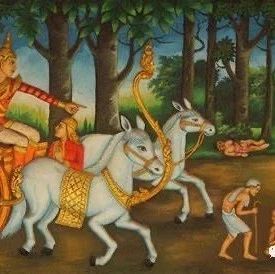Wild Lives of Wildlife


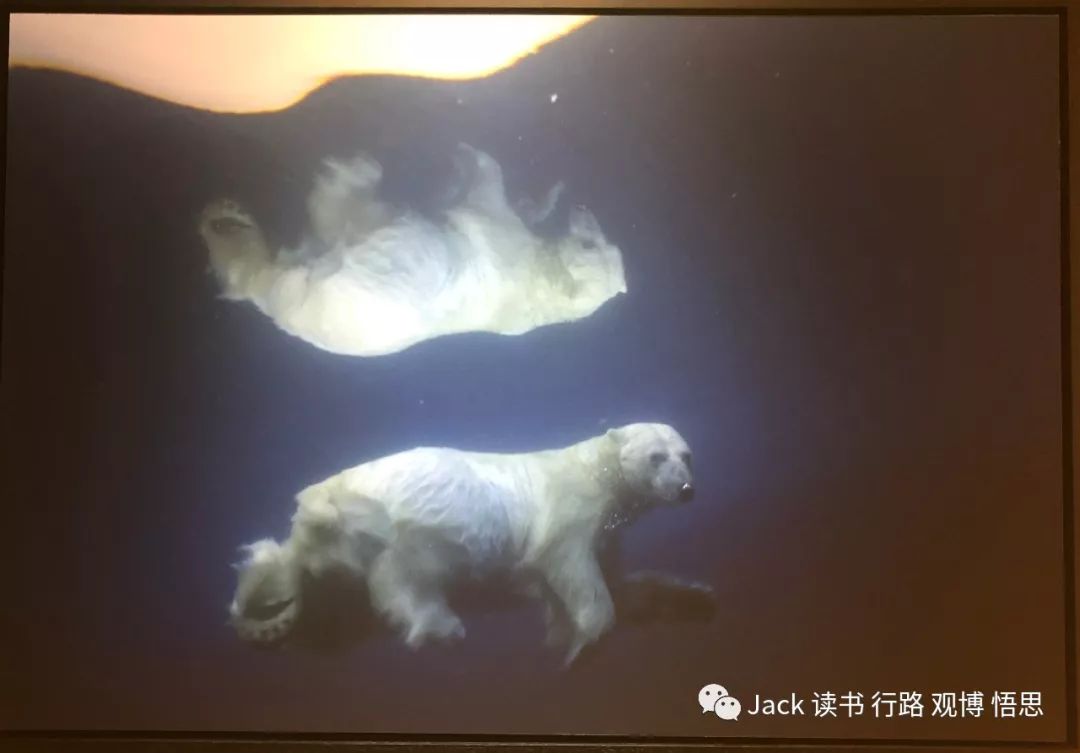
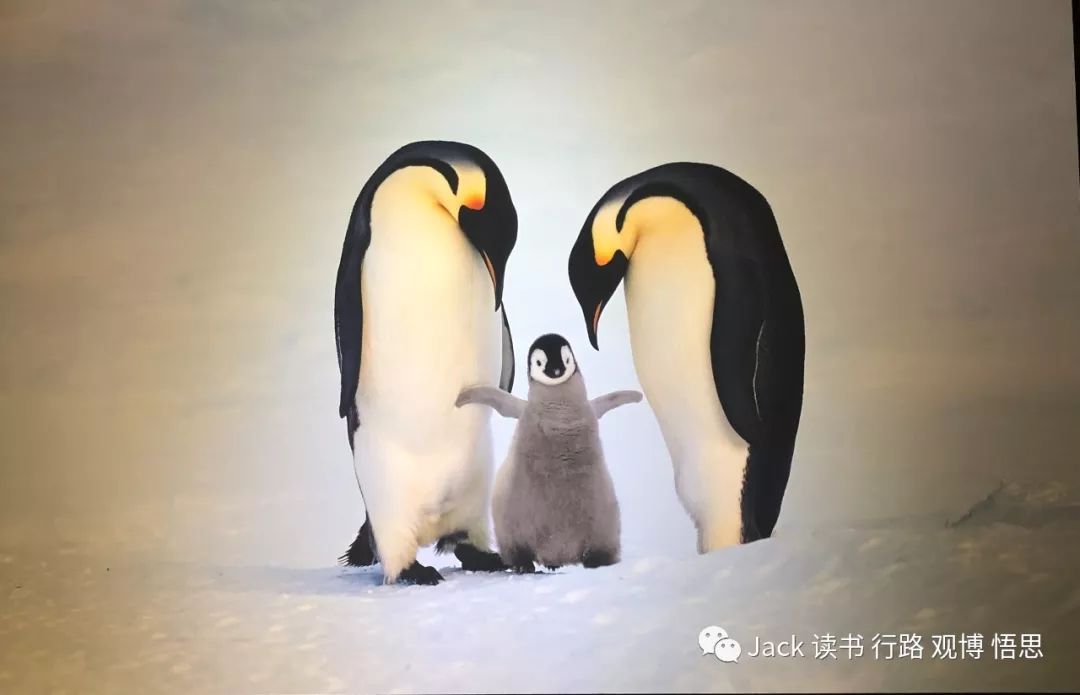

Recently I visited an exhibition on National Geographic’s photographs. There are many topics , “Wild Lives of Wildlife” is the most appealing one to me. In this topic, photographers use their cameras to take photos and also to read the body language of animals. By reading the body language of animals they can help humans better understand the creatures that are sharing the same planet with us, as well as gaining knowledge of how we can protect endangered species effectively.
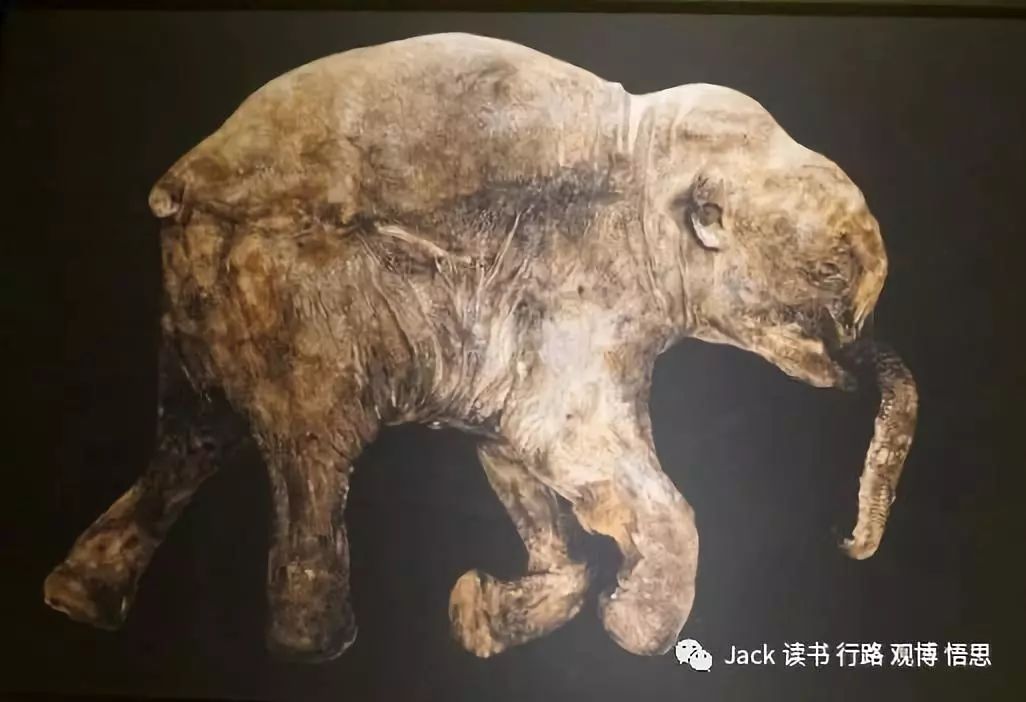
In my favorite topic, the photographs included a lot of terrestrial and oceanic creatures. One of the most fascinating is a picture about a mammoth found in Siberia. Mammoth has thrived in this world for a very long time, but no longer when humans killed the last mammoth on Wrangle Island, about 4,000 years ago. Following the expansion of human activities, we simply exterminated this species. Today, many poachers or illegal hunters are hunting down massive amounts of tigers, lions, elephants, etc, which will eventually cause the collapse of our ecosystem. The photographers of National Geographic hope to use these kinds of photographs to arouse people’s awareness of animal conservation, especially species that are on the brink of extinction.

In addition, there are also many photographs of oceanic creatures in the exhibition. One that strikes me a lot is a photo of a thresher shark trapped in a gill net in Mexico’s Gulf of California. This thresher shark meets his death in this gill net. Because of mismanagement and overharvesting, global fish and shark population had sunk dramatically to a dangerous level. However, grim statistics are marshaled alongside spectacular images snapped by National Geographic photographers, wishing viewers to understand this dangerous situation of sea creatures.
After I visited this exhibition, I think that humans should not devastate the environment as they wish. The movements of Homo sapiens aroused one wave of extinction after another. If we knew how many species we’ve already eradicated, we might be more motivated to protect those that still survive. If things continue at the present pace, it is likely that whales, sharks, tuna and dolphins will follow the mammoths, diprotodons, and ground sloths to oblivion. We are consequently wreaking havoc on our fellow animals and on the surrounding ecosystem, trying to find satisfaction for ourselves. But, are we content?
Citation:
National Geographic Photographs
- 本文标签: 原创
- 本文链接: http://www.jack-utopia.cn//article/521
- 版权声明: 本文由Jack原创发布,转载请遵循《署名-非商业性使用-相同方式共享 4.0 国际 (CC BY-NC-SA 4.0)》许可协议授权



